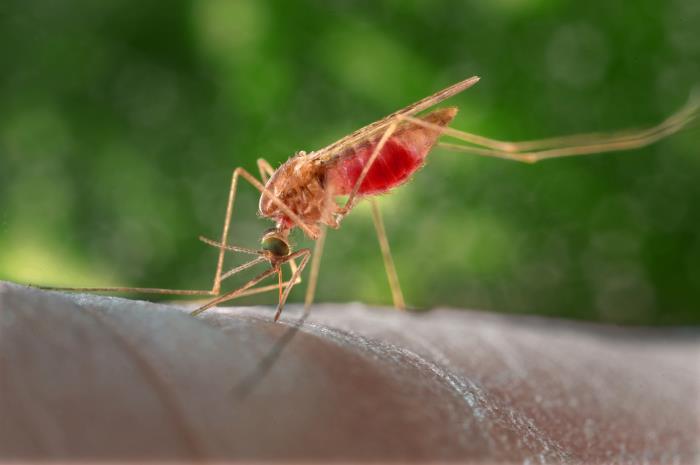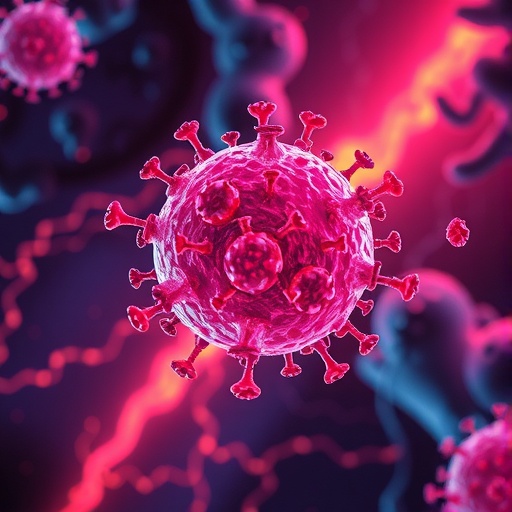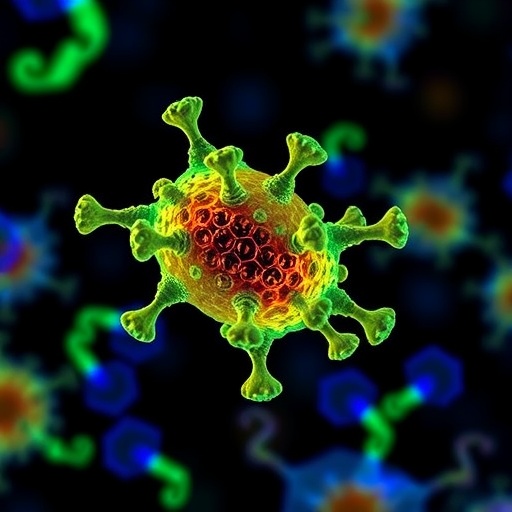
Credit: James Gathany
The BioScience Talks podcast features discussions of topical issues related to the biological sciences.
By altering the heritability of certain traits, gene drive technologies have the potential to spread desired genes through wild populations. In practice, this could lead to mosquito populations that, for example, bear traits making them resistant to the spread of malaria. Despite the huge potential for improving human well-being, concern exists that gene drives could fail in the wild or, perhaps more concerning, spread beyond their intended target populations.
Writing in BioScience, Dr. Greg Backus, a postdoctoral researcher at the University of California, Davis, and Jason Delborne, Associate Professor of Science Policy and Society at North Carolina State University’s Genetic Engineering and Society Center, describe a potential solution. Threshold-dependent gene drives could limit the spread of wild-released gene drives to target populations, increasing control and reducing the risk of unchecked spread. The authors joined us on this episode of BioScience Talks to discuss the potential of these gene drives–and also some of the questions of controllability, spread, and ecological uncertainty that relate to them.
###
To hear the whole discussion, visit this link for this latest episode of the BioScience Talks podcast.
BioScience, published monthly by Oxford Journals, is the journal of the American Institute of Biological Sciences (AIBS). BioScience is a forum for integrating the life sciences that publishes commentary and peer-reviewed articles. The journal has been published since 1964. AIBS is an organization for professional scientific societies and organizations, and individuals, involved with biology. AIBS provides decision-makers with high-quality, vetted information for the advancement of biology and society. Follow BioScience on Twitter @AIBSbiology.
Oxford Journals is a division of Oxford University Press. Oxford Journals publishes well over 300 academic and research journals covering a broad range of subject areas, two-thirds of which are published in collaboration with learned societies and other international organizations. The division been publishing journals for more than a century, and as part of the world’s oldest and largest university press, has more than 500 years of publishing expertise behind it. Follow Oxford Journals on Twitter @OxfordJournals
Media Contact
James M Verdier
[email protected]
7-036-742-500-245
Related Journal Article
http://dx.




